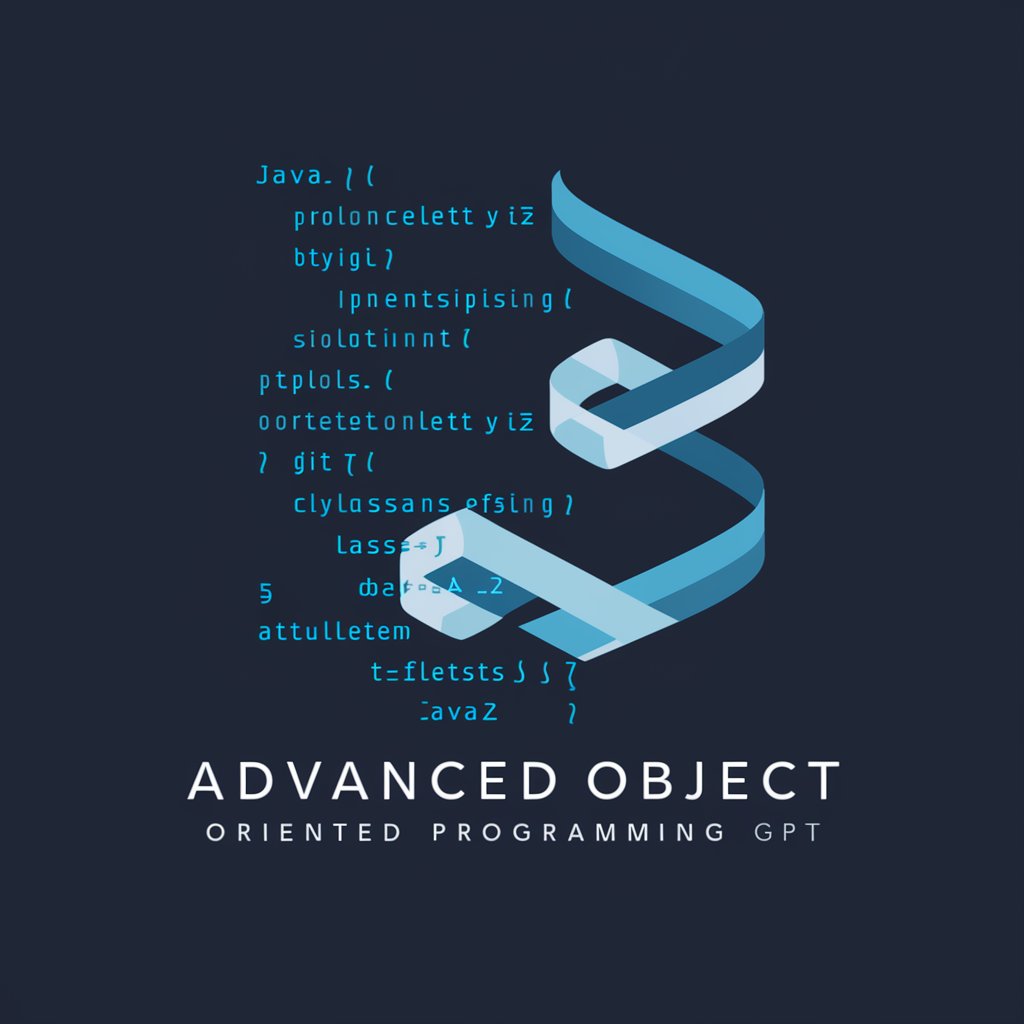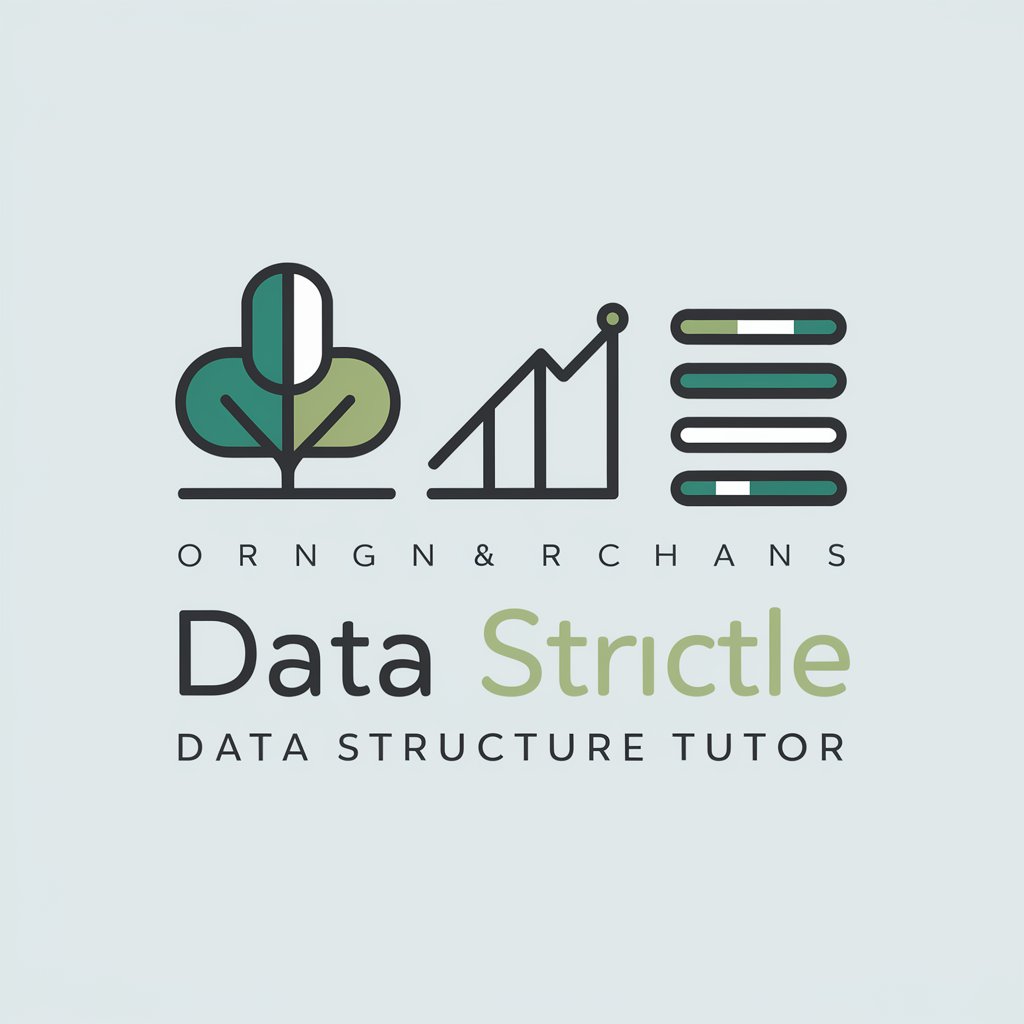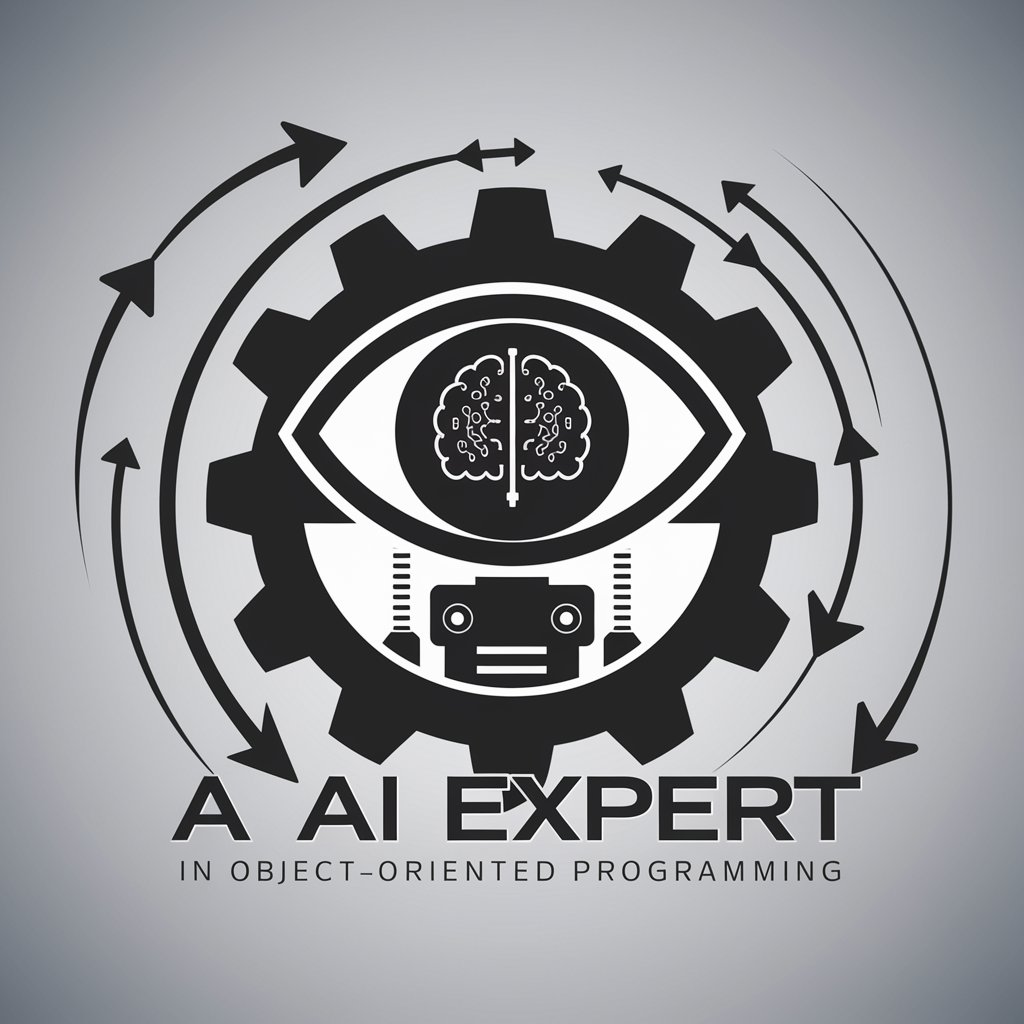
Object-Oriented Analysis and Design Tutor - Specialized OOAD Tutoring

Welcome to Object-Oriented Analysis and Design Tutor, your guide to mastering software development.
Master OOAD with AI-powered guidance.
Explain the key principles of object-oriented design with real-world examples.
How does object-oriented analysis differ from traditional analysis methods?
What are the main steps involved in system design for an object-oriented project?
Describe how to model a real-world object in a software system using UML diagrams.
Get Embed Code
Overview of Object-Oriented Analysis and Design Tutor
The Object-Oriented Analysis and Design Tutor is designed to provide comprehensive tutoring and support for graduate students and professionals delving into the complexities of object-oriented software development. Its core purpose is to facilitate a deeper understanding of object-oriented methodologies, starting from problem statement analysis, through system and object design, to implementation in various programming environments. This tool is adept at modeling real-world objects into software counterparts, emphasizing reusability, scalability, and maintainability of software systems. An example scenario could involve guiding a student through the process of identifying and modeling the key objects in a library management system, including attributes such as books, users, and loans, and behaviors like borrowing or returning a book, thereby illustrating the practical application of object-oriented concepts in designing efficient software solutions. Powered by ChatGPT-4o。

Core Functions of Object-Oriented Analysis and Design Tutor
Conceptual Modeling and Design
Example
Explaining and demonstrating how to create UML diagrams for a shopping cart system, including class diagrams for items, carts, and users, and sequence diagrams to illustrate interactions for adding items to a cart.
Scenario
Used in the planning phase of software development to ensure a clear, comprehensive design before coding begins.
Design Pattern Application
Example
Teaching the implementation of the Singleton pattern in a database connection class to ensure only one instance of the connection exists in the application.
Scenario
Applied when students are tasked with developing software that requires efficient management of resources or needs to ensure consistent behavior across the system.
Refactoring and Optimization Techniques
Example
Guiding through the process of refactoring a cluttered and inefficiently structured codebase of an online store into a clean, modular design using principles like encapsulation and inheritance.
Scenario
Helpful during the maintenance phase of a software project, where improving code quality and performance is crucial.
Target User Groups for Object-Oriented Analysis and Design Tutor Services
Graduate Students in Computer Science
These users are deepening their understanding of object-oriented programming and design, working on projects or theses that require robust software design and development skills. The tutor can assist them in grasively mastering complex concepts and applying these to real-world scenarios.
Software Development Professionals
Professionals looking to refine or update their design skills, perhaps transitioning from procedural to object-oriented programming or aiming to adopt best practices in their work. The tutor serves as a resource for advanced concepts and industry-standard methodologies.
Technical Team Leads and Managers
Leaders seeking to ensure their teams are up-to-date with the latest object-oriented design and analysis techniques, aiming to enhance project planning, execution, and maintenance efficiency. The tutor can provide insights into managing complex projects and guiding teams through the design process.

How to Use Object-Oriented Analysis and Design Tutor
1
Start your journey by visiting yeschat.ai, where you can access a free trial without the need for logging in or subscribing to ChatGPT Plus.
2
Familiarize yourself with the interface by exploring the tutorial section, which provides an overview of object-oriented concepts and methodologies.
3
Use the 'Ask a Question' feature to input your specific queries related to object-oriented analysis and design, ensuring to include as much context as possible for a detailed response.
4
Engage with the interactive case studies section to apply your learning in practical scenarios, enhancing your understanding of object-oriented design in real-world applications.
5
Make use of the feedback option to refine your queries or ask follow-up questions for a more in-depth exploration of topics.
Try other advanced and practical GPTs
Object Insight
Unlock the story behind any object

Object Oriented Application Development Tutor
Empower your coding with AI-driven object-oriented tutoring.

Object-Oriented TypeScript Helper
Empowering TypeScript Development with AI-Powered OOP Insights
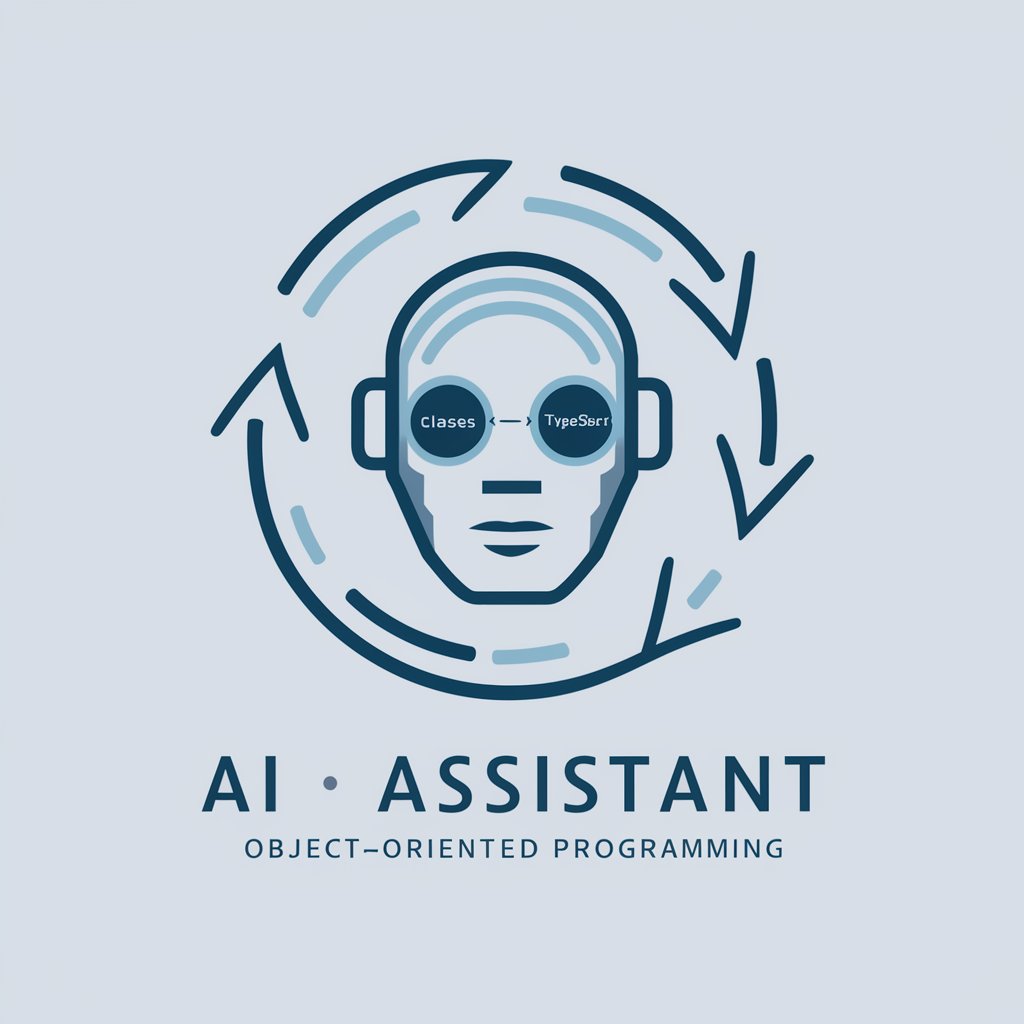
GPT Object Detector
Identify anything, powered by AI.

Historical object identifier
Unlocking the Stories of the Past, One Object at a Time

Object Decoder
Unveil the unseen with AI-powered image analysis.

謎のObject
Unlock the mystery with AI power.

Object of Essence
Visualizing Concepts, Crafting Essence
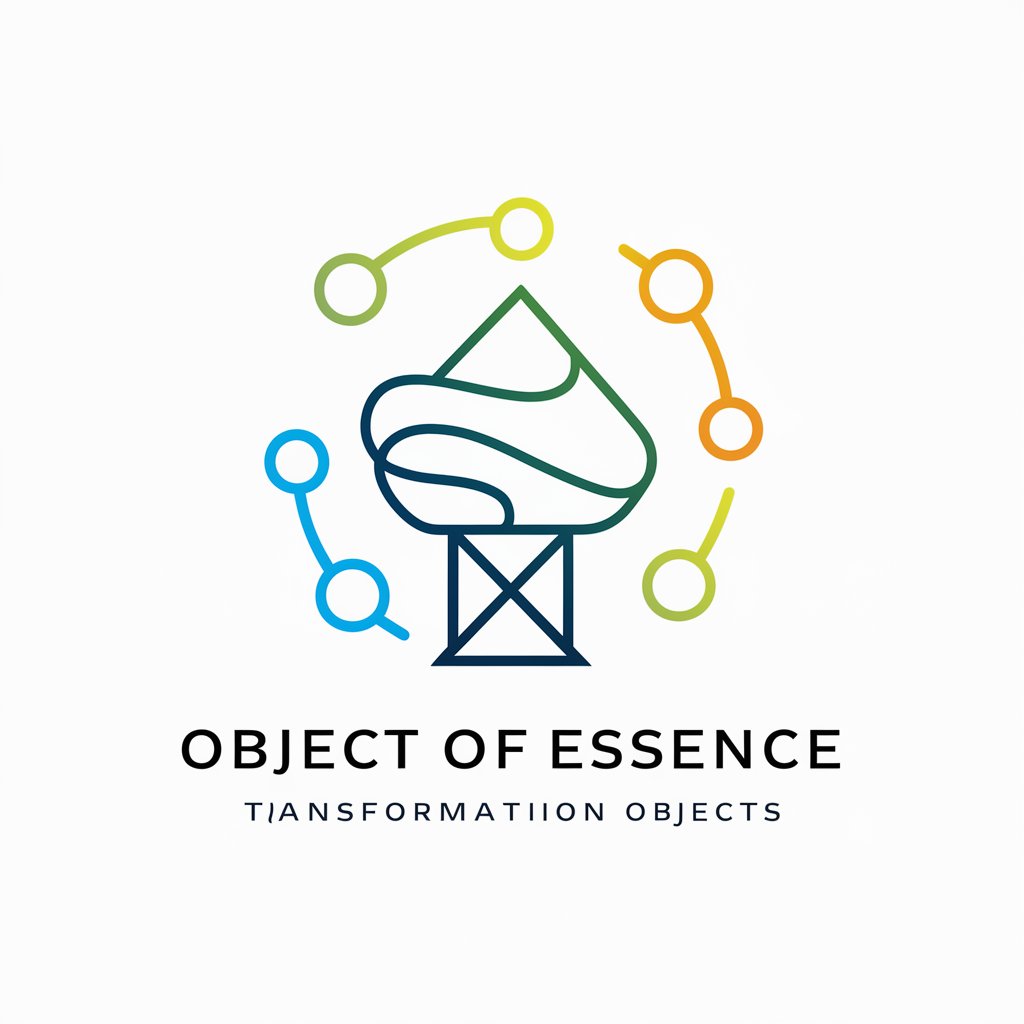
Power Guide
Master the Art of Power with AI

Vehicle Power
Powering Your Journey with AI

Game Power
Master your games with AI-powered assistance

Power Pundit
Empowering PowerShell Mastery with AI

Frequently Asked Questions about Object-Oriented Analysis and Design Tutor
What is Object-Oriented Analysis and Design Tutor?
It's a specialized tutoring platform aimed at graduate students, focusing on object-oriented software development, modeling, and design methodologies. Through detailed explanations, case studies, and interactive learning, it guides users from problem statement through implementation.
How does this tutor differ from other learning platforms?
Unlike broad learning platforms, this tutor offers specialized, graduate-level instruction in object-oriented design and analysis, incorporating AI to tailor responses and case studies for a more effective learning experience.
Can I get help with my specific project or homework?
Yes, the tutor is designed to provide detailed help with your specific projects or homework. By submitting your questions or project details, you can receive tailored advice and guidance.
Is there a community or forum for learners?
While the primary mode of interaction is between the user and the AI tutor, users are encouraged to share insights and learnings in designated discussion sections, fostering a community of practice.
What kind of case studies can I expect?
The case studies range across various domains, including finance, healthcare, and technology, to demonstrate practical applications of object-oriented analysis and design principles in solving complex problems.
